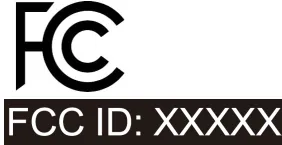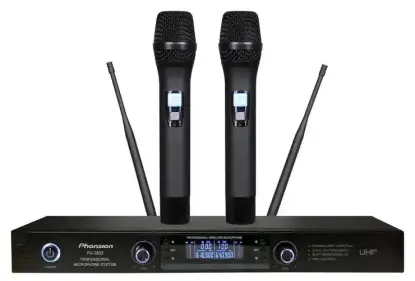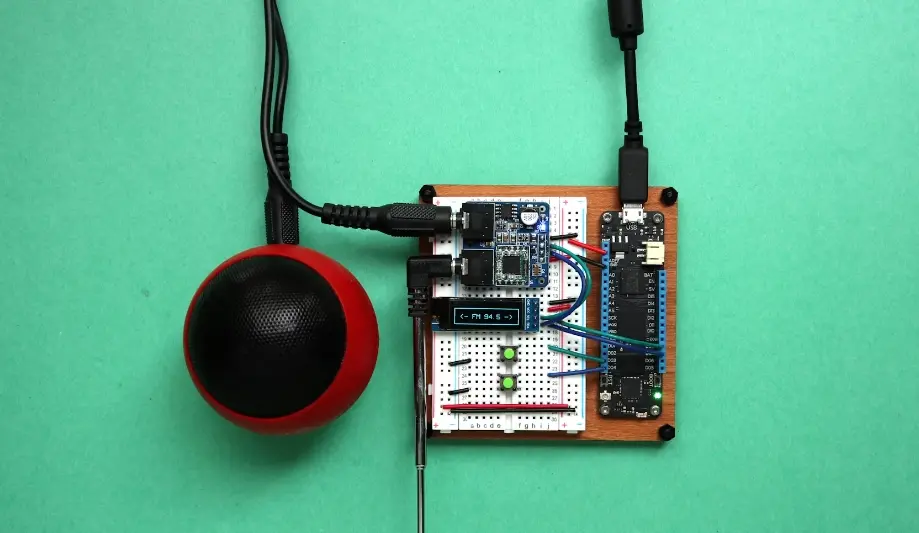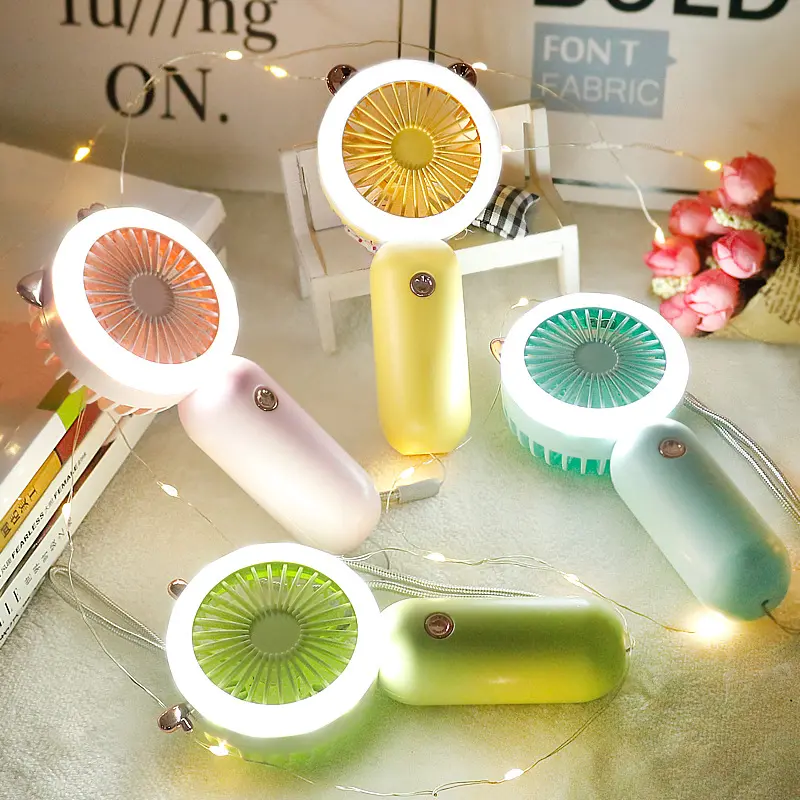
ROHS Compliance Service
What is RoHS?
RoHS stands for "Restriction of the use of certain Hazardous Substances in electrical and electronic equipment." It is a mandatory directive established by EU legislation, aiming to eliminate specific harmful substances from electrical and electronic products, making them safer for human health and the environment.
On June 4, 2015, the EU issued the revised directive (EU) 2015/863, amending RoHS Directive 2011/65/EU, adding four phthalates—DEHP, DBP, BBP, DIBP—to the restricted substances list. The number of restricted substances in RoHS 2.0 increased to 10. Starting July 22, 2019, all electrical and electronic equipment, except for medical devices and monitoring equipment, must meet the new RoHS 2.0 requirements.
RoHS Product Scope:
Electrical and electronic products and their raw materials (including: large household appliances, small household appliances, information technology and communication devices, consumer equipment, lighting equipment, electrical and electronic tools, toys, leisure and sports equipment, medical devices, monitoring devices, vending machines, and other electrical and electronic devices).
RoHS Limitation Requirements:
1. Lead (Pb)
- Maximum Content Limit: <1000 mg/kg
- Usage: Lead is commonly used in solders, lead-acid batteries, electronic components, cable sheaths, and cathode ray tube glass.
2. Mercury (Hg)
- Maximum Content Limit: <1000 mg/kg
- Usage: Mercury is widely used in the production of electrical and electronic devices, particularly in batteries, switches, thermostats, and fluorescent lamps.
3. Cadmium (Cd)
- Maximum Content Limit: <100 mg/kg
- Usage: Cadmium is used in electronics, car batteries, and pigments.
4. Hexavalent Chromium (Cr VI)
- Maximum Content Limit: <1000 mg/kg
- Usage: While certain forms of chromium are non-toxic, hexavalent chromium can be toxic.
5. Polybrominated Biphenyls (PBB)
- Maximum Content Limit: <1000 mg/kg
- Usage: Flame retardants in electrical and electronic products. They are found in indoor dust and air through the evaporation of plastics.
6. Polybrominated Diphenyl Ethers (PBDE)
- Maximum Content Limit: <1000 mg/kg
- Usage: Flame retardants in electrical and electronic products. Burning of printed circuit boards releases toxic substances.
7. Di(2-ethylhexyl) Phthalate (DEHP)
- Maximum Content Limit: <1000 mg/kg
- Usage: A good plasticizer for PVC and vinyl copolymers.
8. Benzyl butyl phthalate (BBP)
- Maximum Content Limit: <1000 mg/kg
- Usage: Primarily used as a plasticizer. When used as the primary plasticizer, it is often mixed with other plasticizers in materials like PVC flooring, decorative materials, corrugated boards, etc.
9. Dibutyl phthalate (DBP)
- Maximum Content Limit: <1000 mg/kg
- Usage: A common plasticizer used in plastics, synthetic rubber, and artificial leather.
10. Diisobutyl phthalate (DIBP)
- Maximum Content Limit: <1000 mg/kg
- Usage: Used as a plasticizer for nitrocellulose, cellulose ethers, polyacrylate, and as a gelling agent when combined with other plasticizers. It is widely used in plastics, paints, adhesives, explosives, and nail polish.
What is RoHS Homogeneous Material / Test Point:
Homogeneous material refers to the smallest unit that cannot be further subdivided by physical or mechanical methods. See the diagram below. ROHS certification testing requirements specify the content of restricted substances in each homogeneous material, so the number of homogeneous materials (test points) directly affects the workload and cost of ROHS Testing.
RoHS Testing at China JJR Laboratory:
China JJR Laboratory is a third-party testing expert, providing professional and comprehensive RoHS certification testing services and other product compliance technical guidance. We sincerely advise clients to closely follow the updates of RoHS 2.0 and complete certification updates in advance to avoid risks from international trade barriers.
Email:hello@jjrlab.com
Write your message here and send it to us
 What is FCC Class A vs. Class B?
What is FCC Class A vs. Class B?
 UL Standards for Electrical Equipment
UL Standards for Electrical Equipment
 Is UL Certification Required in the USA?
Is UL Certification Required in the USA?
 Wireless Microphone Export Certification
Wireless Microphone Export Certification
 Audio-Visual Products SNI Certification in Indones
Audio-Visual Products SNI Certification in Indones
 FCC-ID: Still Needed if Module is Certified?
FCC-ID: Still Needed if Module is Certified?
 FCC Certification Fees for Handheld Fans
FCC Certification Fees for Handheld Fans
 FCC Certification Testing for Smart Lighting Produ
FCC Certification Testing for Smart Lighting Produ
Leave us a message
24-hour online customer service at any time to respond, so that you worry!




